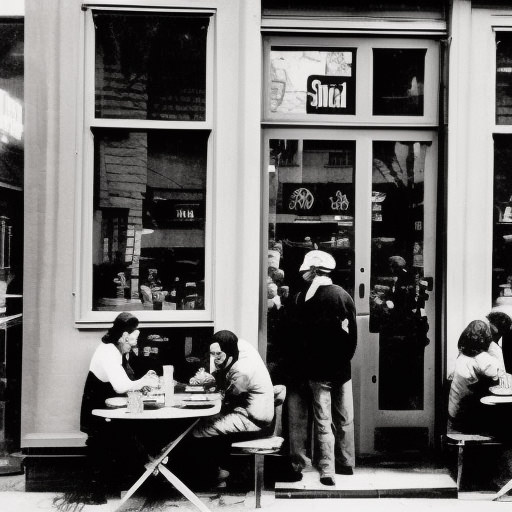Coffee is an essential part of many people’s daily routine. Whether you are a coffee lover or just like the taste, nobody likes to drink coffee that tastes bad. There are numerous factors to consider when making coffee, from the temperature to the grind of the beans. However, one factor that is often overlooked is the quality of the water that you use. But, does using bad water to make coffee make the water not bad? In this blog post, we will discover the truth about using bad water to make coffee.
First of all, what constitutes bad water? Water that is contaminated with bacteria, viruses or harmful chemicals is considered bad water. It can also be water that is hard, too acidic or too alkaline. Hard water can leave a residue on coffee machines and appliances, and too acidic or alkaline water can have a negative effect on the taste of coffee.
The water that you use to make coffee matters because water is one of the key ingredients. Poor quality water can affect the taste of the coffee, making it bitter, sour or flat. Using bad water to make coffee does not make the water not bad. It still contains the same contaminants and impurities that it had before brewing. However, brewing coffee with bad water can actually make the water worse. The heat from brewing can cause harmful chemicals and bacteria to be released, which can be dangerous to your health.
So, what can you do to improve the quality of the water for brewing coffee? One solution is to use filtered water. Filtering your water can remove impurities, chemicals, and excess minerals that can impact the taste of coffee. If you do not have a filter, you can also use bottled water as an alternative. Just remember to read the label to ensure that the bottled water is not too acidic or alkaline.
Another solution is to use a coffee machine with a built-in water filtration system. These machines have a filter built into the system that removes impurities from the water before brewing. While these machines come at a higher price point, they can provide you with better quality coffee while also prioritizing your health.
Lastly, you can also consider investing in a water softener that can reduce excess minerals in the water. This will not only improve the taste of coffee but also extend the lifespan of your coffee machine and appliances.
The water that you use to make coffee is just as important as the coffee itself. Using bad water to make coffee is not recommended as it can not only affect the taste of the coffee but also impact your health negatively. To improve the quality of the water, using filtered water or bottled water as an alternative is recommended. You can also invest in a coffee machine with a built-in water filtration system or a water softener to remove impurities and minerals from the water. With these solutions, you can brew better coffee that tastes great and also prioritize your health.
Please note that if you purchase from clicking on the link, some will result in my getting a tiny bit of that sale to help keep this site going.




